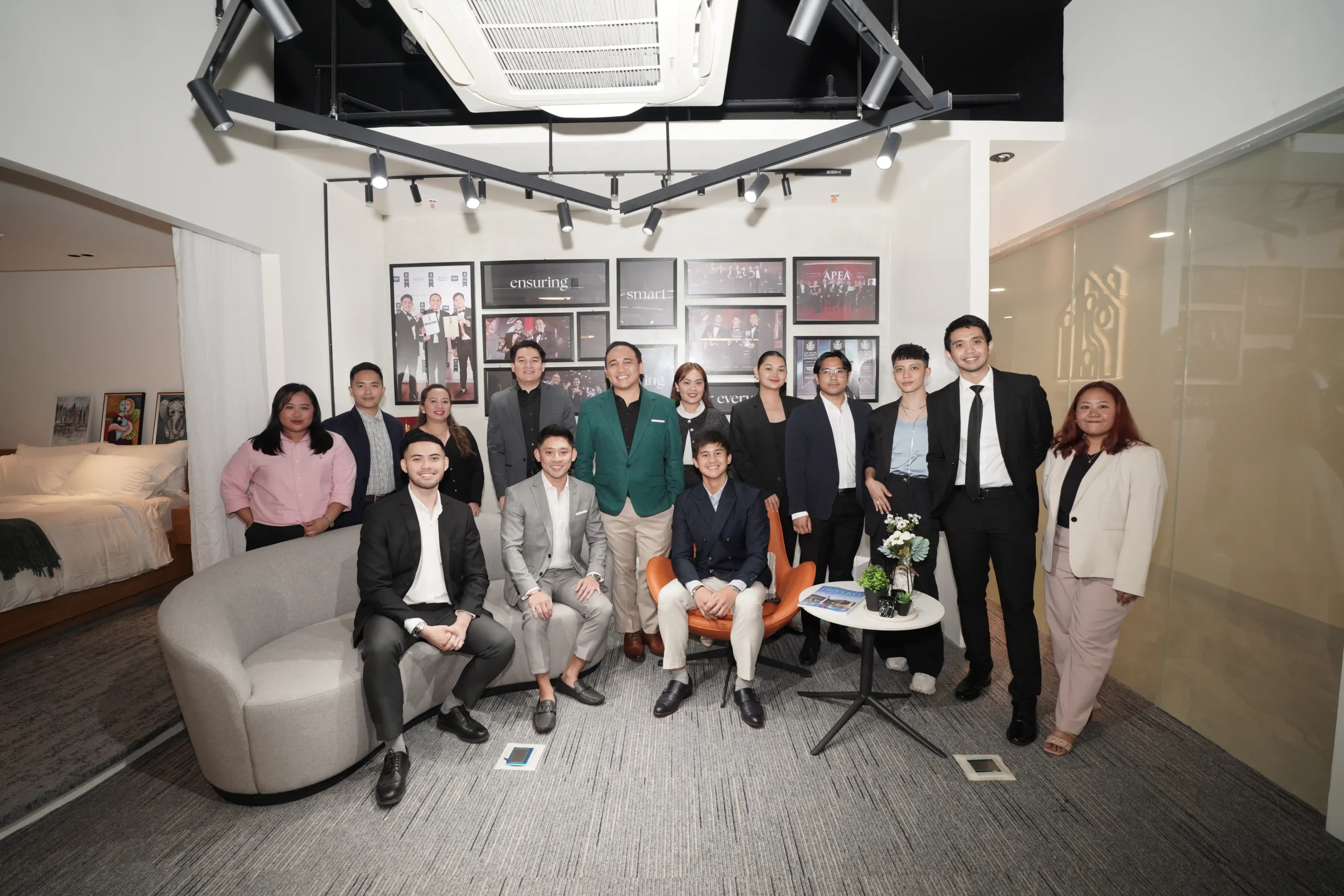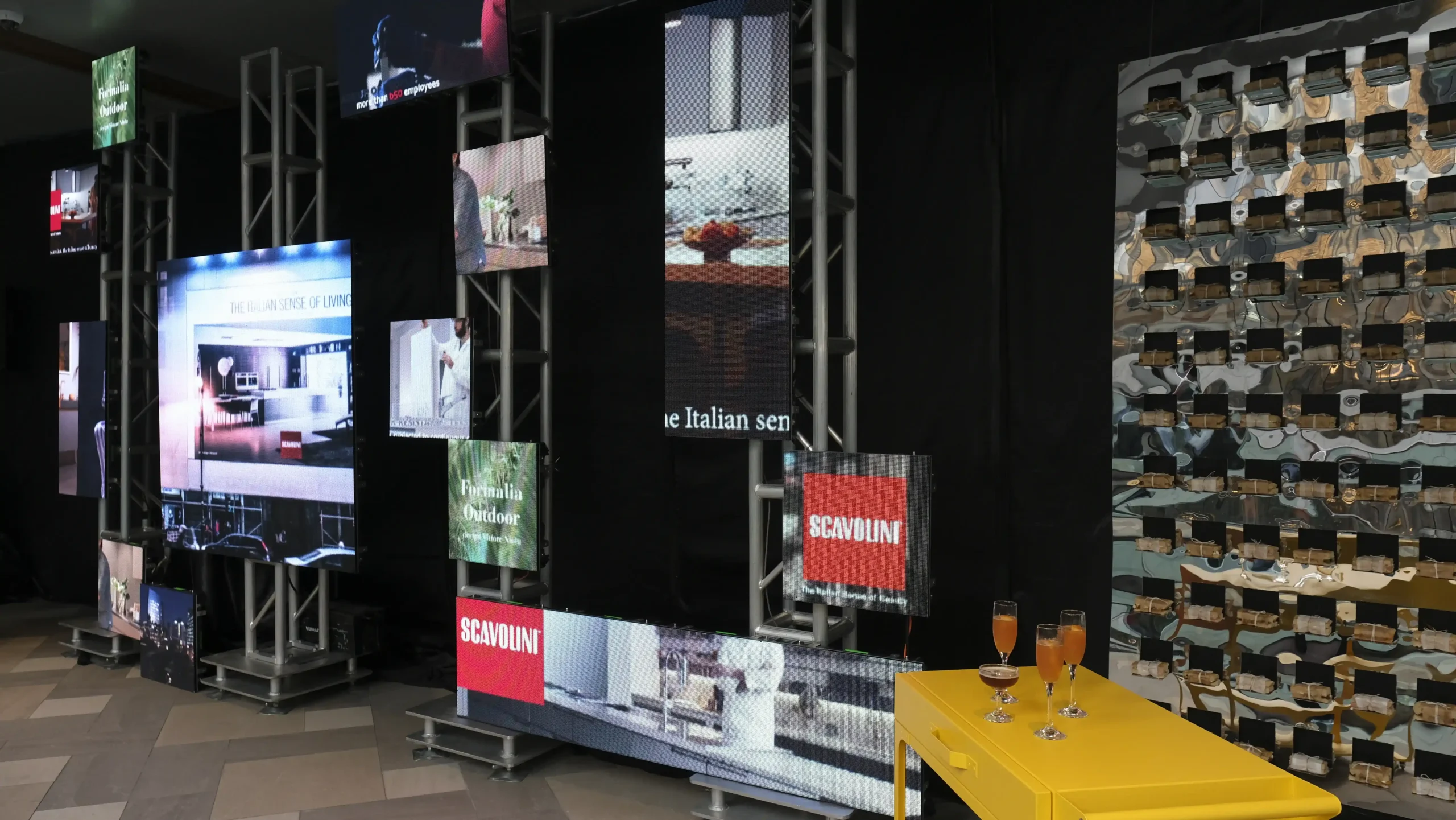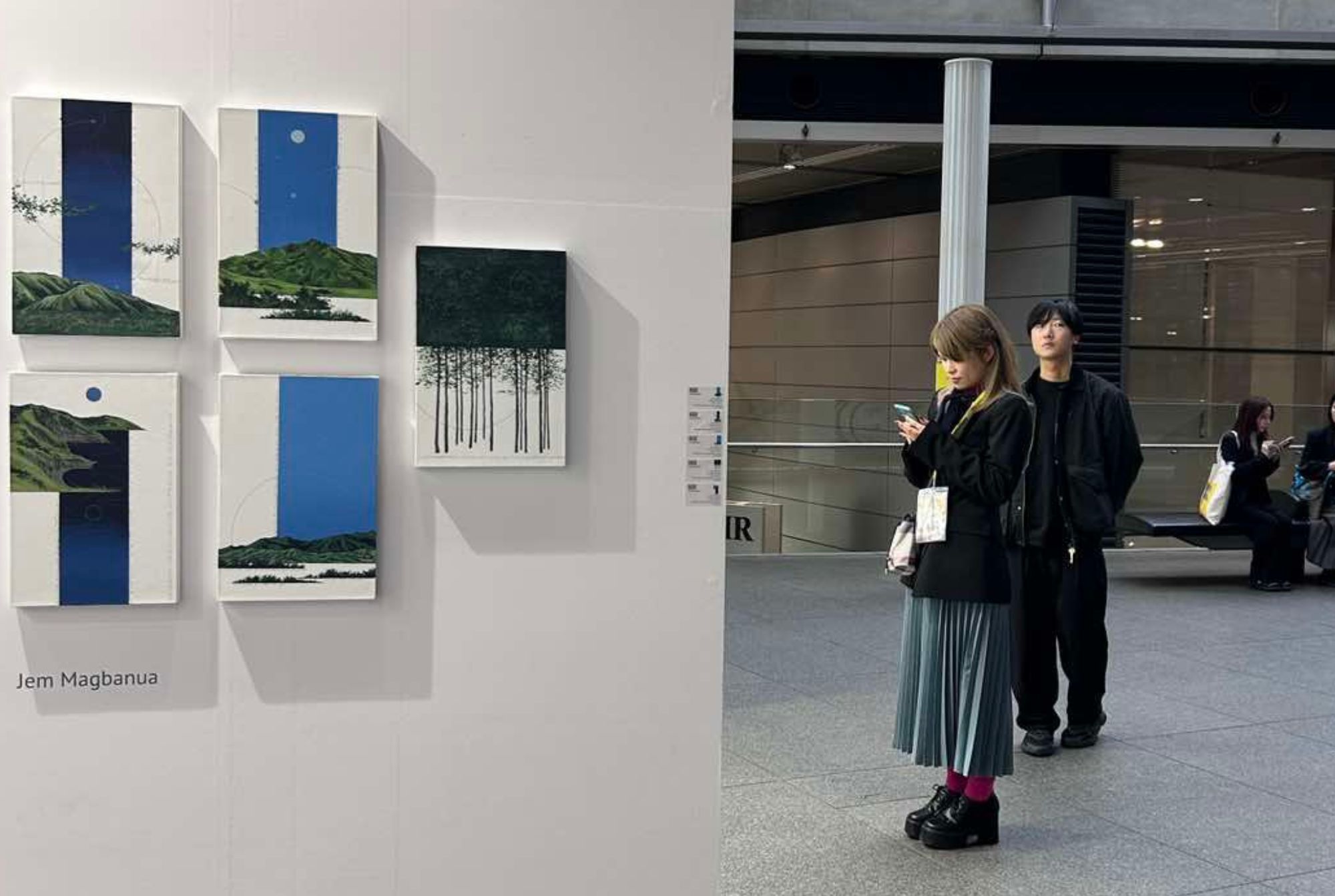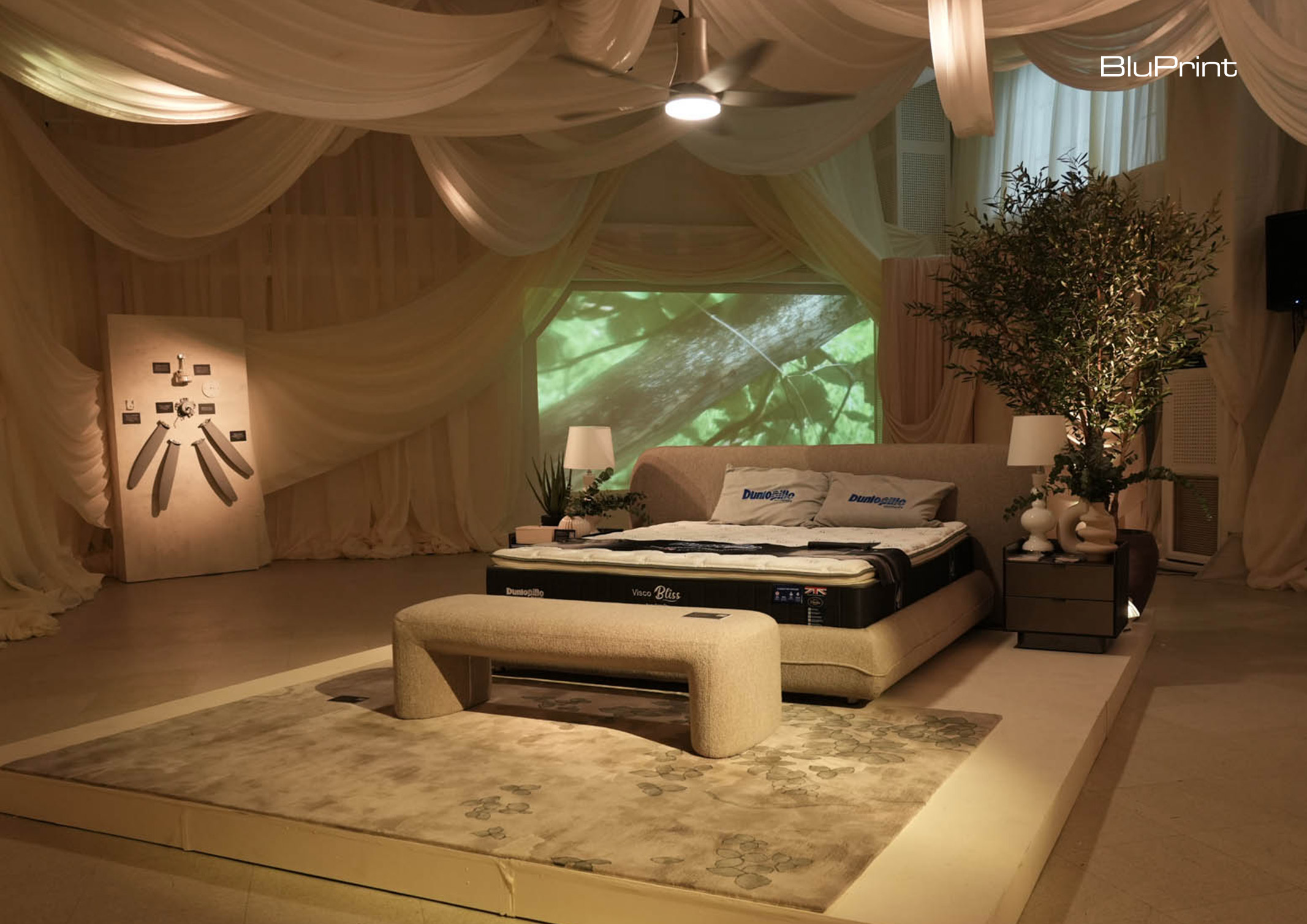Brutalism has long influenced Philippine architecture, from institutional buildings to residential developments. M Residences Katipunan, the latest project by Victor Consunji Development Corporation (VCDC), offers its own take of the architectural style’s raw, monolithic aesthetic through a contemporary lens to create a bold and livable space. VCDC’s take on Modern Brutalism highlights striking forms and […]
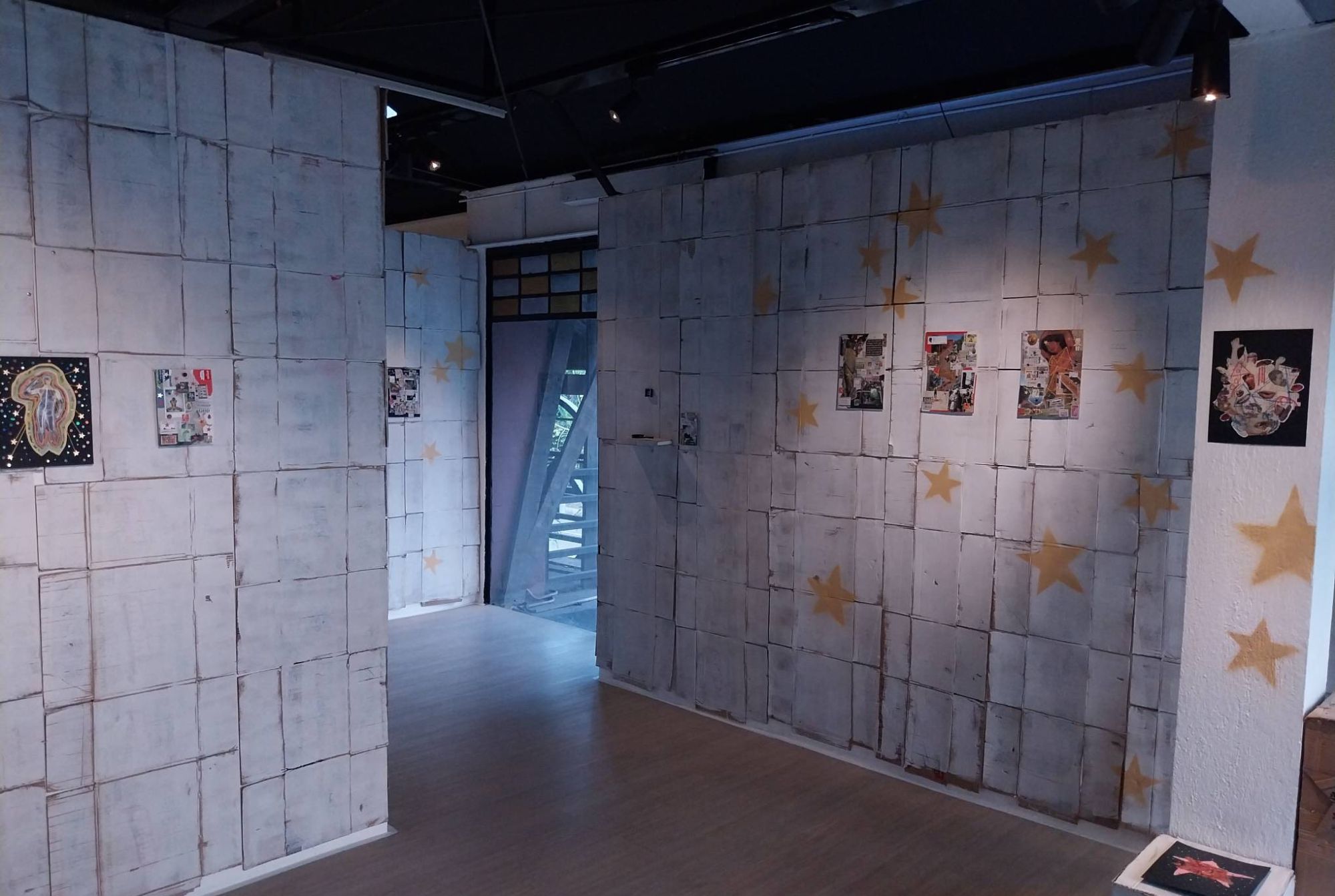
‘Manila Medley’: Putimbulak Finds Beauty in the Violence of the City
Manila Medley, exhibited at Gravity Art Space in collaboration with Satchel Project from February 21 to March 21, puts the experiences of artist Putimbulak center stage. The artist finds no veneer of shine to the city’s bright lights and grandeur, but instead highlights its underbelly, the chaotic environment that exists to keep the urban surroundings running.
“Despite being the country’s land of opportunities, it has been plagued with […] crime and pollution for so long,” E.M.V. Limbaga wrote in the exhibit write-up. “Finding beauty and silver linings amidst Manila madness is daunting, yet alluring to some.”
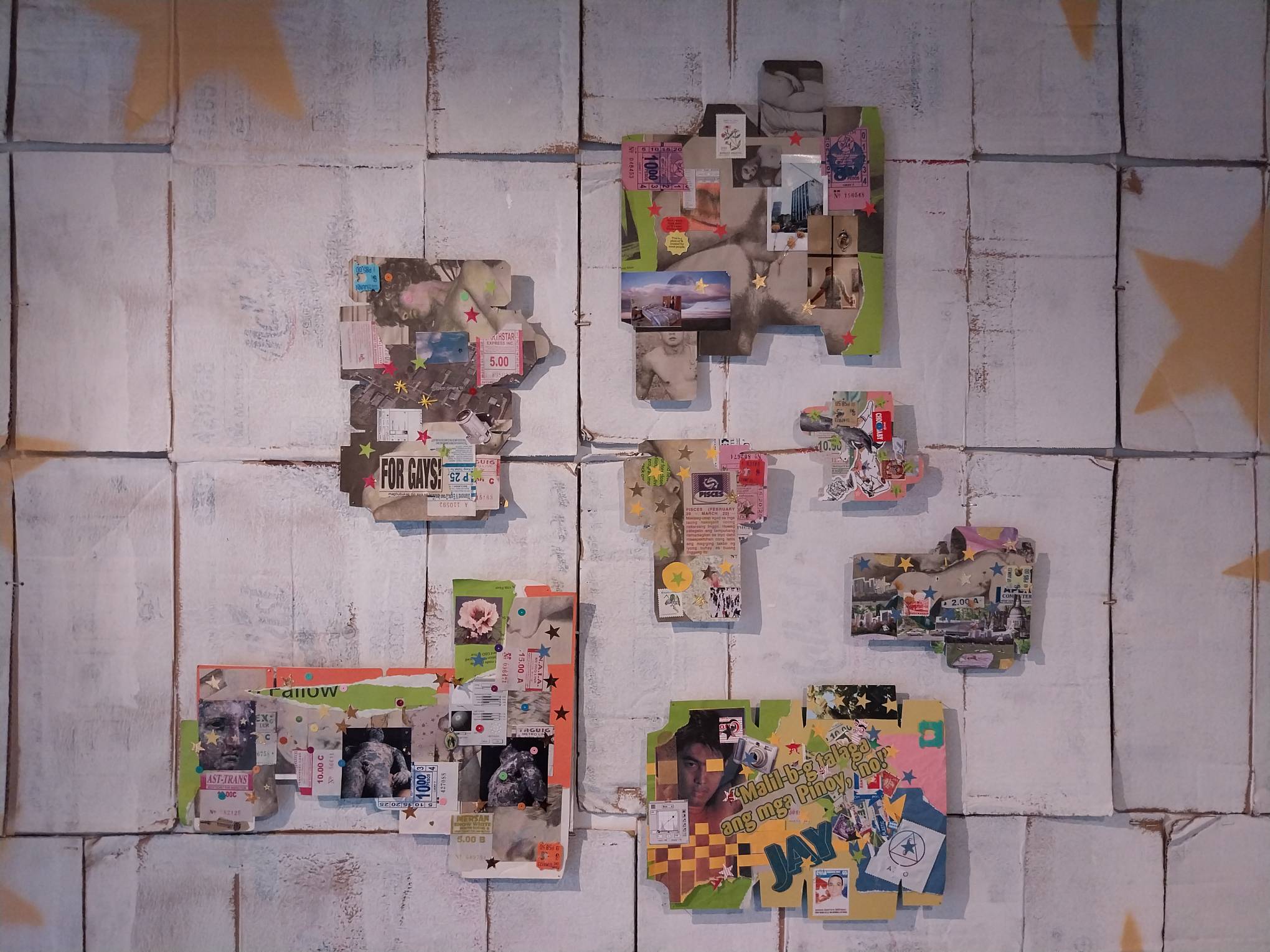
Here, Putimbulak found violence in every street corner of Manila through the hierarchical structures in the city that exist to marginalize specific groups. But beyond that, he also found a sense of harmony in that exploration, the vulnerability that exists in every act of violence, no matter how mundane.
There’s a sense of genuine appreciation of it by the artist, how this chaos can shape the way we see the intimacy of city life from this perspective— to “see the beauty in brutality.”
Evoking City Life
Manila Medley started as a habit by Putimbulak of taking bus tickets he found around the city. The act of taking the abandoned tickets from the bus windows and chairs felt therapeutic to the artist. From there, it moved towards a bigger idea, one that centered around the violence of marginalization that he both experienced and did to the world around him.
From the small acts of unlodging bus tickets from their perch, he extrapolated it to different actions. Violence as it pertains to hierarchical structures in our society became the theme that the exhibit revolved to.
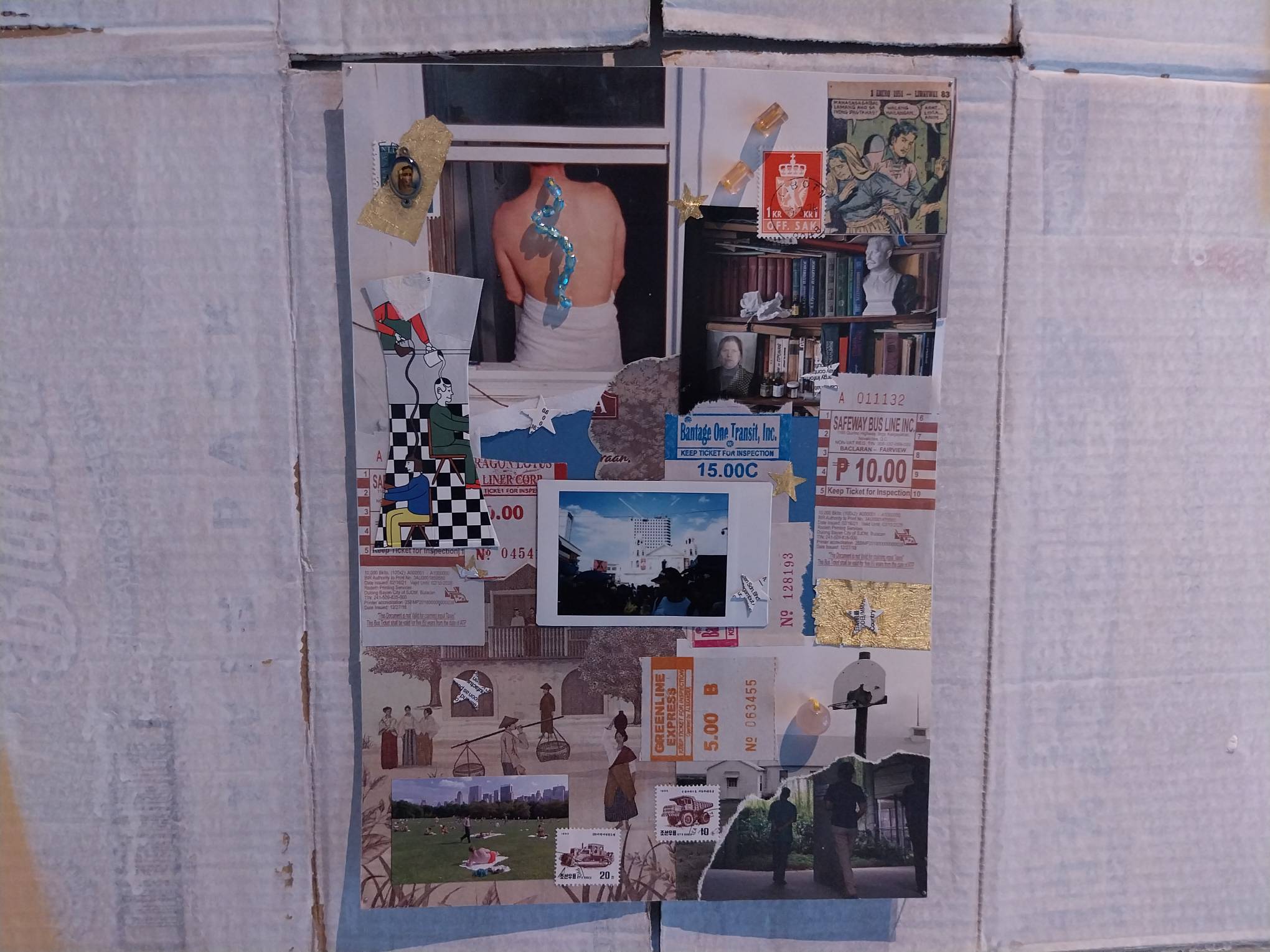
And so, Manila Medley provides us with a repurposing of urban brutality through collage works, which the artist saw as a “a form of assault itself, by being neither delicate nor controllable,” which.
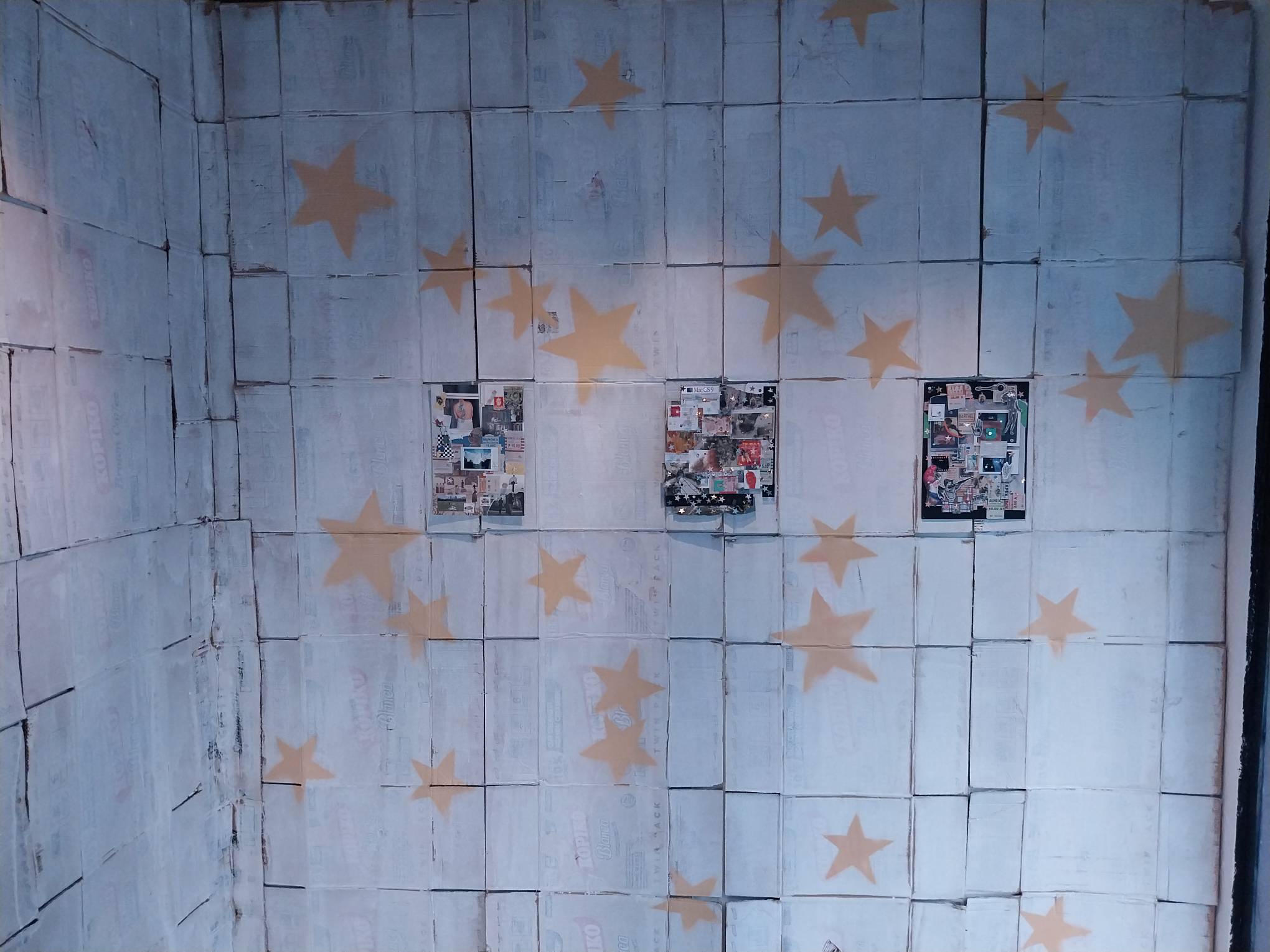
The exhibit space, for example, is filled with flattened cardboard boxes covering the walls from floor to ceiling. They’re painted a ghostly white with stars appearing in it. Though not the stated intent, the execution feels provocative and purposeful because it seems to mimic the walls that are built to cover up informal communities as the government tries to hide any trace of poverty.
What Do We See in the Shadows of the City?
The mixed-media collage work by Putimbulak functions as a repurposing of the city’s supposed-ugliness. It combines the pilfered bus tickets alongside religious trinkets, erotic pictures of men, computer pop-up windows, newspaper quote clippings, and other elements that meld together to showcase every negative vice and stereotype of city life.

These are all aspects of the underbelly that many bemoan of city life, from the gay nightlife to the 24-hour computer shops filled with gamers and ne’er-do-wells.

Altogether, these collages come together with their own internal logic of beauty that mixes campy gaudiness and early-2000s Internet culture with a kind of photocopier punk-show poster logic that assembles the different elements by cutting and pasting them together on a piece of paper.
Looking for Community
But not only do they exist, but they are a repudiation of the status of marginalization. They serve the community in their own ways, as outlets of creativity, frustration, and function. More than that, as subcultures, they provide a sense of freedom to the otherwise regimented and stilted living conditions of the city—a way for humans to keep their humanity while they work and live in such cramped conditions.
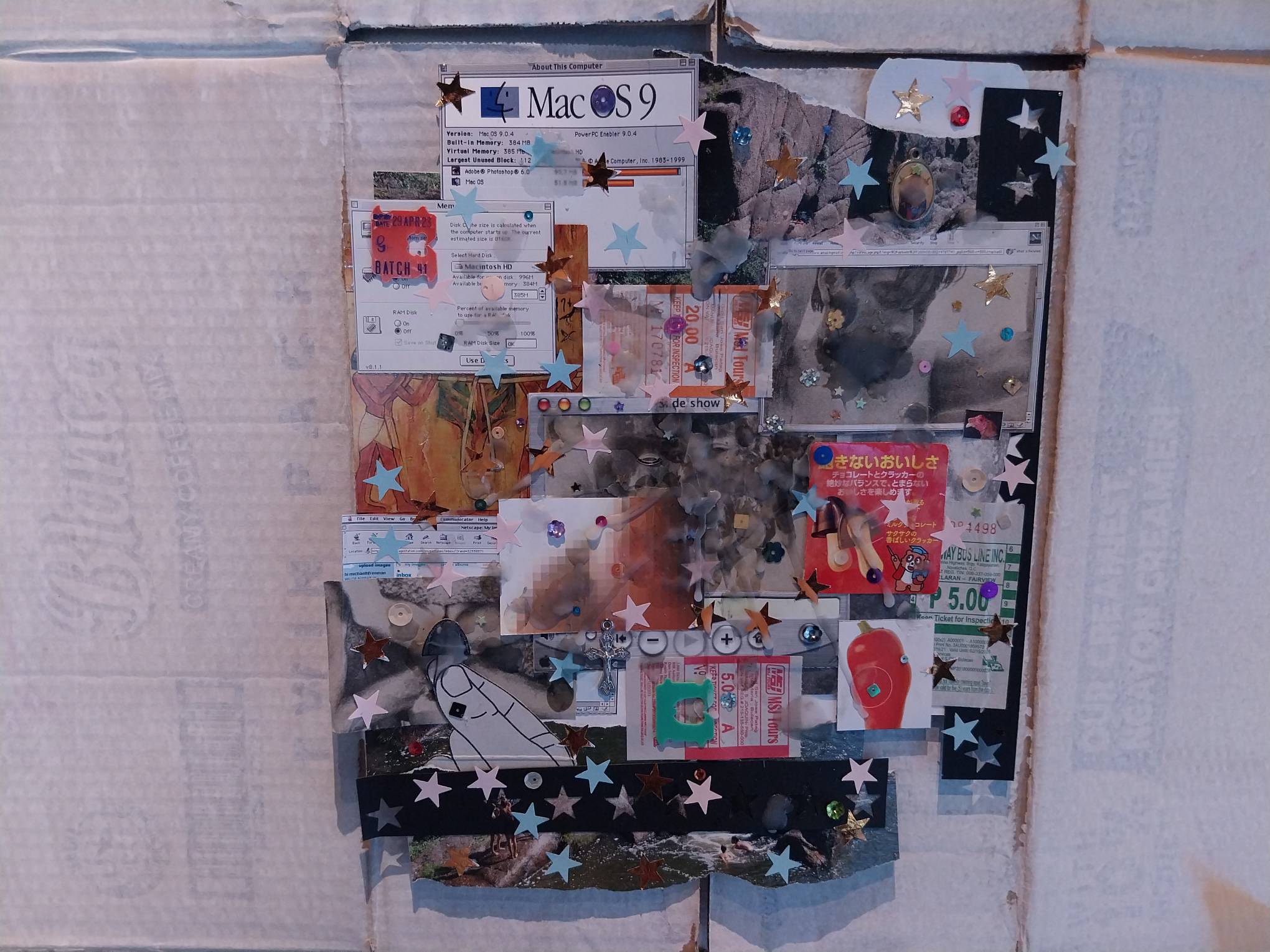
“At the same time, the symphonic element of every aspect adds tenderness,” Limbaga wrote. “The harmony created by the various images and themes selected by Putimbulak acts like a recollection of Manila, as if we are traversing the metro as he sees it. By willingly surrendering himself to Manila’s violence, grime, and shamelessness, Putimbulak has created works that eclectically mirror those qualities.”
The Harmony of the Disempowered
Manila Medley is described as finding “beauty in brutality.” But it also works as a way of freeing the mind to the possibilities that beauty can exist in more than one dimension of standards. Maybe the things that moralists claim spoils society can also be a home for the rejected and disenfranchised.
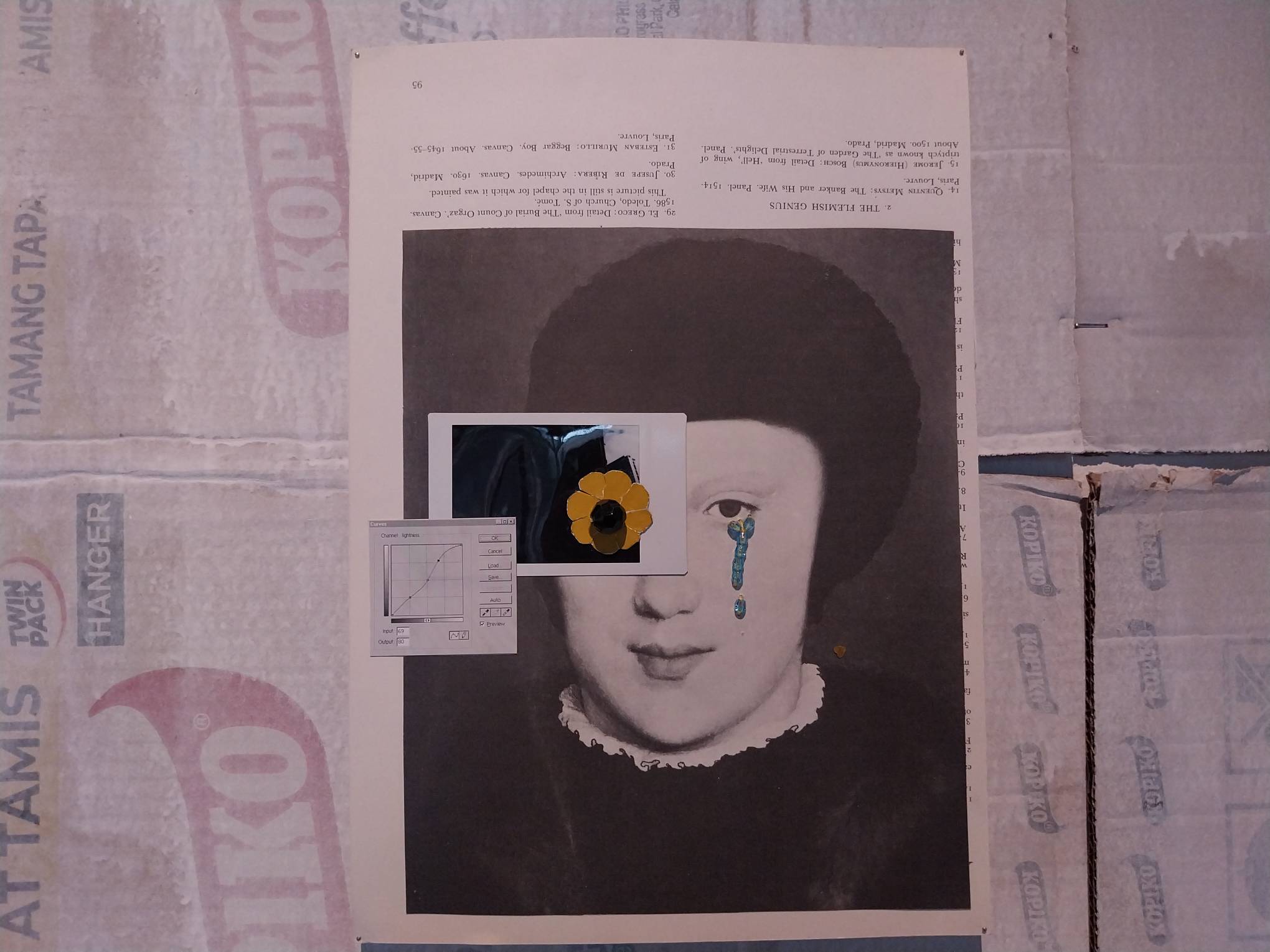
These things have their own kind of allure and beauty, and this exhibit redefines the shadows in a way that accommodates those shunned by society.
Photos by Elle Yap.
Related reading: Gravity Art Space’s Artist Talks Demystify the Creative Process

